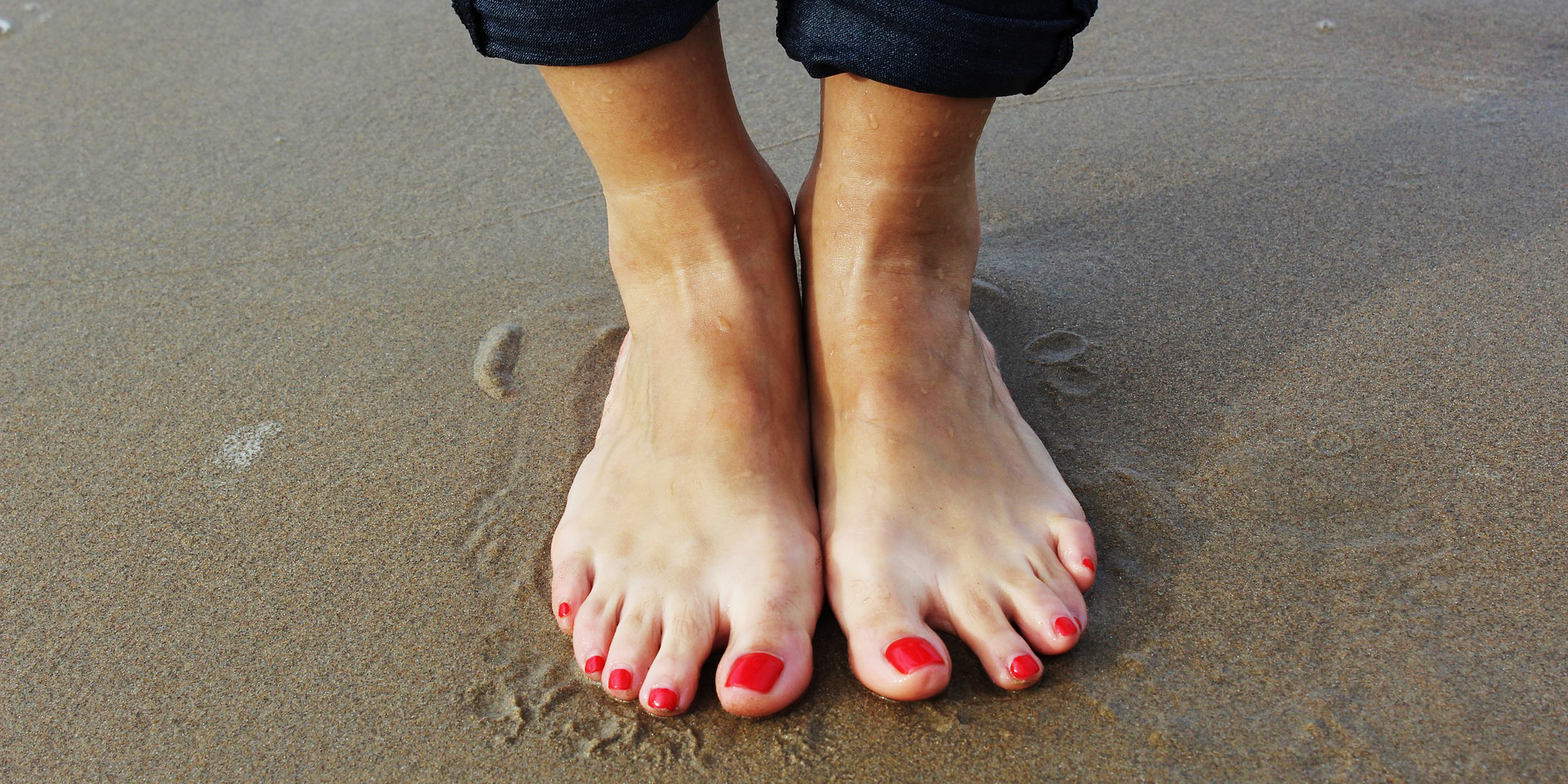Tibialis Posterior Tendinopathy
The tibialis posterior muscle originates deep to the calf muscle and travels down the lower leg behind the medial malleolli (inner ankle bone). It attaches to various bones on the underside of the foot. When contracted, this muscle causes combined plantar flexion (pointing) and inversion (bringing the sole inwards) of the foot and ankle complex.
The tibialis posterior muscle also plays a key role in the stabilization and support of the medial arch of your foot.

Symptoms of Tibialis Posterior Tendinopathy
Tendinopathy is an umbrella term to describe ‘disease’ to a tendon; this can include either acute inflammation (tendinitis) or chronic overuse/micro-trauma (tendinosis). The majority of problems to the tibialis posterior tendon are chronic in nature.
In extreme cases, it can result in a degenerative rupture of the tendon, leading to a complete collapse of the medial arch of the foot (also known as Posterior Tibial Tendon Dysfunction). Whether the condition is acute or chronic, individuals with this problem usually experience pain around the inner region of the ankle where the tendon lies.
Some other symptoms of tibialis posterior tendinopathy may include:
- Swelling along the course of the tendon
- Difficulty walking due to pain or weakness in the push-off phase
- Symptoms that increases with activity
- Crepitus – a creaking-type sensation when the tendon moves
- A collapse of the medial arch of the foot
Causes of Tibialis Posterior Tendinopathy
The primary cause of this condition is over-pronation (flattening of the arch) of the foot. As the medial arch of the foot drops it puts excessive strain on the underlying tibialis posterior tendon, leading to micro-tearing (tendinosis) over time.
Overpronation can be anatomical in nature or can result from weakness and poor biomechanical control further up the leg.
Treatment for Tibialis Posterior Tendinopathy
Tibialis posterior tendinopathy is usually treated conservatively, however surgical intervention may be necessary in cases of tendon rupture and arch collapse.
Some possible strategies to treat this condition are listed below:
- Rest from the aggravating activity
- Anti-inflammatory management through ice or medication
- Support of the medial arch via:
-
- Taping techniques
- Proper footwear
- Custom Orthotics
-
- Strengthening of the tibialis posterior and intrinsic musculature
- Ensuring proper muscular strength around the hips
- Correcting biomechanical control to prevent dynamic pronation
Diagnosis of Tibialis Posterior Tendinopathy
A healthcare professional can diagnose tibialis posterior tendinopathy after a thorough physical assessment.
A diagnostic investigation, such as a diagnostic ultrasound or MRI, may be utilized to determine the extent of damage to the tendon. Observing the bony alignment of the medial arch of the foot through a weight-bearing x-ray may also be beneficial in situations where a tendon rupture is suspected.
Please consult with your health care provider if you wish to discuss your tibialis posterior tendinopathy symptoms further. If you have any questions specific to this article please contact:
Teresa Agar, MScPT, BHKin
Registered Physiotherapist
Trailside Physio – Coquitlam Clinic
(604)464-5788
No Comments